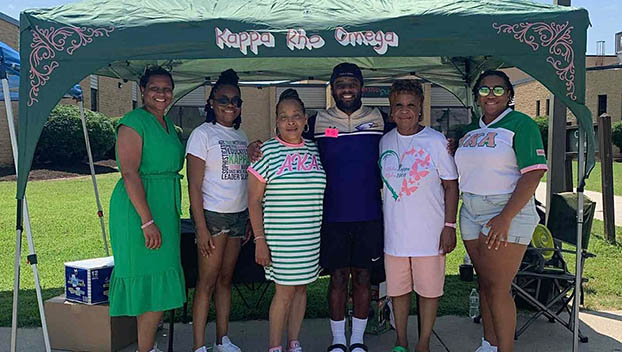Meningococcal outbreak reaches Lunenburg, rest of this region
Published 8:00 am Friday, September 8, 2023
|
Getting your Trinity Audio player ready...
|
Since June 2022, 27 cases of meningococcal disease have been found in Virginia. To put that in perspective, the Virginia Department of Health (VDH) explains, that’s three times the expected number of cases for a 14-month period like this. And the concern directly spotlights our region, as all the cases have been found in either central, eastern or southwestern part of the state.
While health officials aren’t able to confirm case counts by county, Communications Specialist Bri Marcum with VDH said the Central region, including our Piedmont Health District, has had two confirmed cases.
First off, what is meningococcal disease? VDH describes it as a rare, serious illness caused by the bacteria Neisseria meningitidis. And now that the science definitions are out of the way, you might know it more for what the disease can cause. It causes meningitis, an infection of the brain and spinal cord and can also cause blood infections. According to VDH, up to one out of seven people who get the disease, 10% to 14%, die as a result. As of Aug. 29, five Virginia patients have died due to complications from the disease.
Trending
Now that we know what it is, the question is how do you get the disease. The answer is through kissing, coughing or sneezing directly into someone’s face. You can also get the disease by sharing cups, water bottles, eating utensils and cigarettes. And these people may not even know they’re infected.
“This bacterium can be commonly found in the nose and throat of people without causing disease,” VDH officials said in a statement. “Symptoms can first appear flu-like and may quickly become more severe.”
As for what those symptoms are, they include fever, chills, a headache, stiff neck, nausea, vomiting, sensitivity to bright light and possibly a rash.
Where did it come from?
So now that we know what it is and how it infects people, the question is where did it come from. The first reported cases of this situation came in September 2022, when a regional outbreak hit Norfolk and Hampton Roads. Those infections started spreading east, with cases popping up in the Central Region soon after. A lack of vaccinations looks to have played a part in this as well. Twenty-six of the 27 infected patients, VDH officials found, had not been vaccinated for meningitis. In the Virginia cases, most of those infected are Black adults between the ages of 30 to 60.
The VDH statement also pointed out that several groups of people are at increased risk of falling victim to the outbreak. That includes first-year college students living in residential housing, people with a damaged spleen or whose spleen has been removed, U.S. military recruits and anyone who has traveled to sub-Saharan Africa, where meningococcal disease is common. And of course, anyone who lives with anybody that classifies as being on this risk list is at risk as well.
As for how to avoid it? VDH suggests that you don’t share personal items like toothbrushes, lipstick or vapes. Also, try to avoid close contact with anyone who is coughing or appears to be sick.





